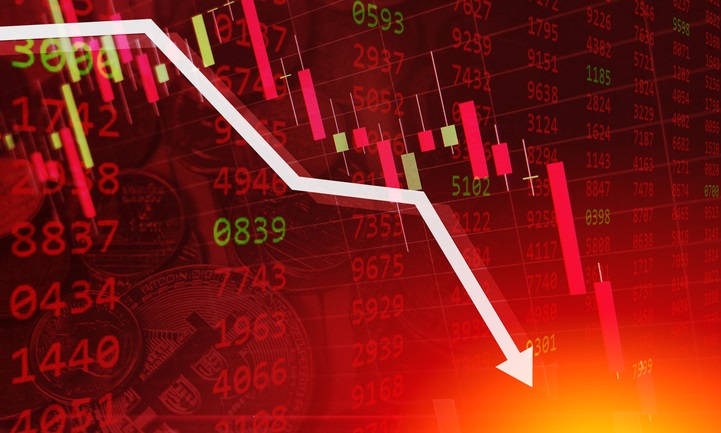The main focus during the US session was PMI data, and again more weak economic data raised fears about the global economy declining more than expected.
Accordingly, the market reaction saw US dollar strength and more weakness US stocks. This is a typical reaction to market fearing that a global economic slowdown or the chances of a recession may be increasing.
The S&P Global US Manufacturing PMI fell to 46.3 in June 2023, pointing to the biggest contraction in the manufacturing sector since December, compared to 48.4 in May and forecasts of 48.5, preliminary estimates showed.
New orders fell the most since December 2022, with weak demand linked to muted customer confidence while foreign client demand was also subdued.
The S&P Global US Services PMI edged down to 54.1 in June 2023 from 54.9 in May and compared with market expectations of 54. Demand conditions at service providers remained robust, as new orders increased at a strong rate and new export orders also rose.
Meanwhile, the rate of job creation eased to the weakest since January amid challenges replacing voluntary leavers. On the price front, input cost inflation was the steepest for five months, as companies stated that greater wage bills in particular placed further pressure on business expenses.
Conversely, companies sought to remain competitive and drive sales which led to a slower uptick in output charges during June. Firms were upbeat in their expectations for output over the coming year, with the level of optimism the highest since May 2022.
In terms of Fed speak, Fed Bostic said that “I expect jobless rate to rise from historically low level” and “I’m not seeing elements of risk appearing in the economy.”
Earlier this week Bostic was out with dovish comments that suggest he would consider leaving rates unchanged in July. Also Fed member Daly said, “Risks over overtightening and under tightening are ‘about balanced‘” and “Two more rate hikes this year is a ‘very reasonable’ projection.”




